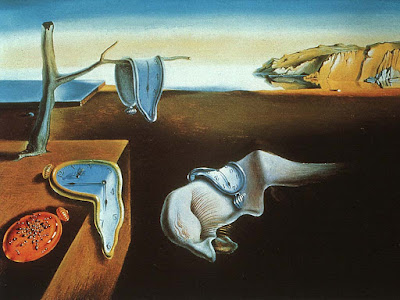Daddy-Long Legs aren't
Spiders nor biters
And their long-legged walk
Over there and here
Doesn't race the clock
Or show any fear.
With
Willowy
Stringy
Skinny
Limbs
Daddy
Long
Legs
Move
Their
Long
And
Lanky
Shins.
They seem to be everywhere: climbing over raspberry bushes and woodpiles, loping along woodland paths, or resting on cabin walls. With each trip outdoors we are likely to encounter these creatures that resemble split peas supported on eight long stilts. The gangly, fast-moving creatures are instantly recognized as daddy long-legs.
Although they resemble spiders, daddy long-legs, more correctly called harvestmen, are neither spiders nor insects. Taxonomically, they are arthropods, in the same class as spiders, Arachnida, but in a different order, Phalangida. Anatomically daddy long-legs differ from spiders because their three body segments -- head, thorax and abdomen, are joined as one compact body segment. Spiders have two body segments -- the head and thorax are joined as the cephalothorax, and the abdomen is the second body segment. Insects, which are taxonomically in the class Insecta, have three distinct body segments.
Let daddy long-legs crawl onto your hand. It won't bite and you probably won't even feel it unless its second pair of legs is gently touching and exploring your hand. Take a closer look. The tiny black dot on top of its body is a raised knob or tubercle with two minute black eyes peering out. The body supports six pairs of appendages, the chelicerae, pedipalps and four pairs of legs. The chelicerae or jaws, and the short leg-like pedipalps are used for sensing, capturing and holding food until it is eaten.
The daddy long-legs' most impressive feature is its four pairs of long slender legs, which may be up to 30 times as long as its body. Each leg has seven segments and curves out at the tip. If the daddy long-legs is in danger of being caught, it can break off a portion of its legs and then escape while the detached legs continue to quiver in front of a confounded predator. Daddy long-legs can grow new legs to replace the broken ones.
That’s not to diminish the value of those magnificent legs. They are so important that daddy long-legs spends considerable time fastidiously cleaning them. Each leg is gingerly held in its jaws and nibbled to clean the leg as it is carefully pulled through the chelicerae.
[http://www.wnrmag.com/stories/2000/jun00/daddy.htm]

